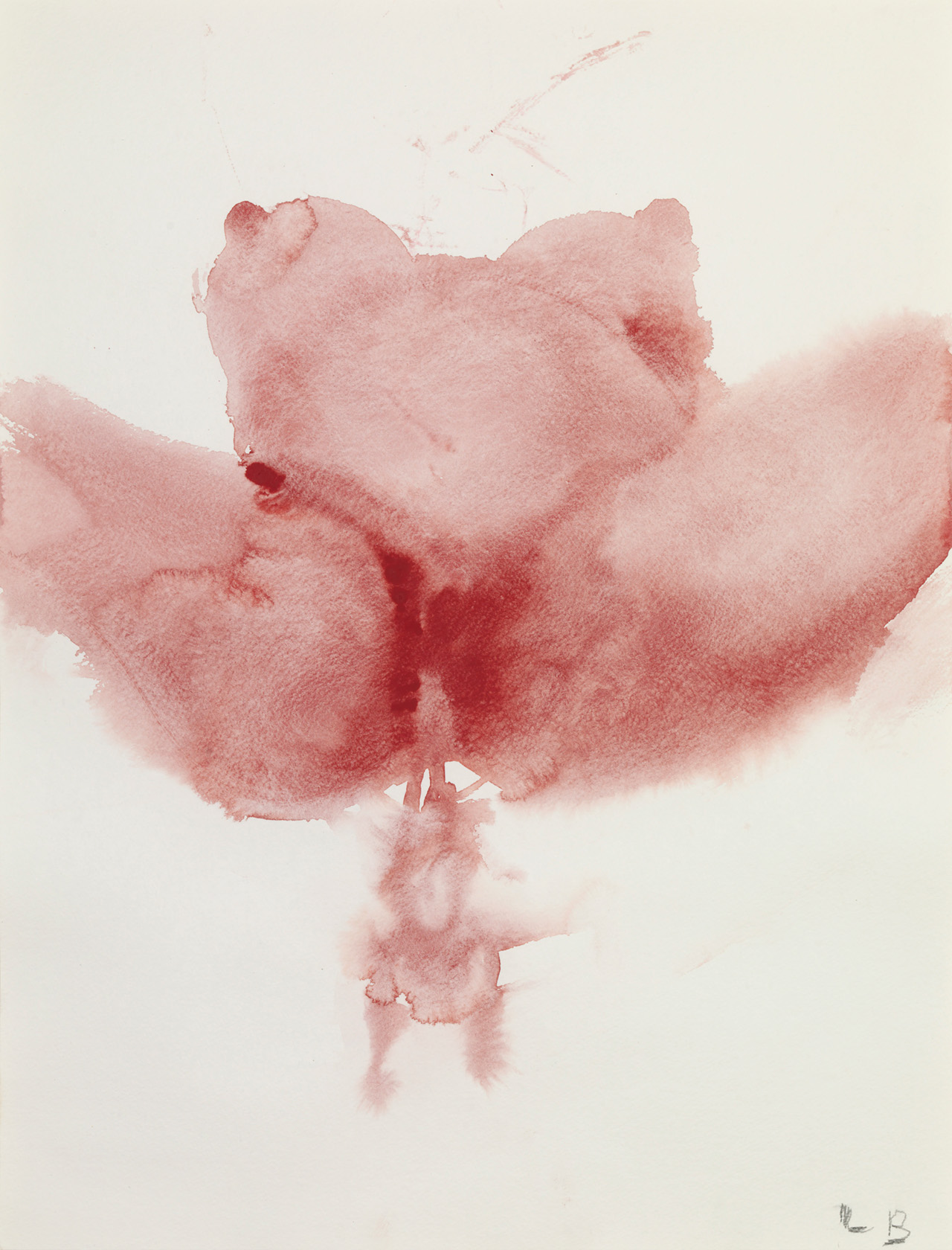‘She used her work to lash out’
One of the great figures of modern art, Louise Bourgeois’ embrace of duality is revealed in a new posthumous Tate Liverpool exhibition
If Louise Bourgeois’ work is personal, inward looking and intimate, it’s not reflected in its scale. The French sculptor, painter and printmaker’s seminal work is a 30-foot steel spider, too large to house at Tate Liverpool’s posthumous exhibition of her work. Its eight spindly legs, which stand improbably on sharp-tipped pointe, support an irregular-ribbed spiralling body above a wire mesh containing 17 gleaming marble eggs.
When she revealed the gargantuan spider at the opening of Tate Modern in 2000 Bourgeois was 88 years old. It defied expectations the artist would fade into diminutive obscurity in old age and fiercely protected Bourgeois’ place in the art world that had dismissed her until she was in her seventies.
“She used her work to lash out,” says Tate Liverpool curator Tamar Hemmes. “She must have been aware that people found her work difficult to deal with but she was very unapologetic about it.”
That was clear in her tempestuous relationship with long-term studio assistant and friend Jerry Gorovoy.
“Even though he was her friend she would lash out at him but then also really need him and depended on him. On the one hand she wanted to be liked and she wanted to be cared for and, on the other hand, she had very strong ideas and opinions. She was definitely not the easiest person to be around.”
Duality is ubiquitous in Bourgeois’ work and there is a gentle side to the feminine spider she titled Maman, the French equivalent to “Mummy”. Spiders were a recurring motif and their presence is felt in Tate Liverpool’s exhibition. The motif was introduced in 1995 with her poem accompanying nine etchings entitled Ode à Ma Mère – Ode to My Mother – who she described as “deliberate, clever, patient, soothing, reasonable, dainty, subtle, indispensable, neat, and as useful as a spider”. Literally too, her mother was a weaver.
Bourgeois was born in Paris on Christmas Day in 1911 to parents who restored and sold medieval and Renaissance tapestries. Her father was prone to lashing out too, and would by turns treat his daughter to adoration and humiliation. She sought protection from her mother but the child could not protect her from a bout of the Spanish flu and her father’s betrayals. When she was 10 he moved his mistress into the family home, ostensibly as Bourgeois’ governess.
Highly intelligent, at 18 she began studies in maths and geometry at the Sorbonne – an influence perhaps on Maman’s delicate balancing act – but abandoned them when her mother died in 1932.
“Bourgeois had to take care of her mother a lot so I think in a way she felt as if her childhood had been stolen from her,” says Hemmes, who points to themes of abandonment, isolation, family and motherhood in Bourgeois’ work.
“She was a woman who had a lot of fears and anxieties and suffered from depression,” says Hemmes. “She turned to art because that allowed her to deal with her emotions probably in a way that mathematics couldn’t.”
She opened a print shop next door to her father’s tapestry gallery, where she met and married art historian and professor Robert Goldwater. They moved to New York and started a family.
“The spiders, but also other works, reflect on Bourgeois’ own feelings towards motherhood from her perspective. She had three sons and I think she found it difficult, as many women struggle with motherhood and having to care for children while also wanting to be your own individual.”
Hemmes says Cell XIV is one of her favourite pieces on display at Tate Liverpool. It’s one of a series of installations Bourgeois began in 1989.
“It’s a really beautiful piece – a cage-like structure and within it you’ve got these three heads that are made of red fabric that have been stitched together. The stitching almost resembles scars and these three heads pull apart with quite anguished expressions on their faces.
“It’s representative of contrasting feelings within one person and how that can pull one person apart. And then the cell is, on the one hand, something that protects, but also something that confines, so it’s a really interesting piece.”
In a nod to her parents’ trade, Bourgeois often used textiles.
“Some of the key pieces in the exhibition are two hanging textile sculptures that are just incredible. They’re called Single II and Couple I and they’re made of clothes that Bourgeois kept for years. Couple I is two figures hanging together in sort of an embrace, and one is made with textiles that are more associated with the male, like a pin-striped shirt, for example, while the more female character is made with lace and stockings.
“On the one hand it can be seen as a loving embrace and they’re supporting one another, but on the other hand, it’s quite restrictive and it’s an embrace that they can’t get out of. So again, you’ve got that duality. That push and pull between different ideas is something that you’ll see in a lot of her works.”

Leave a reply
Your email address will not be published.